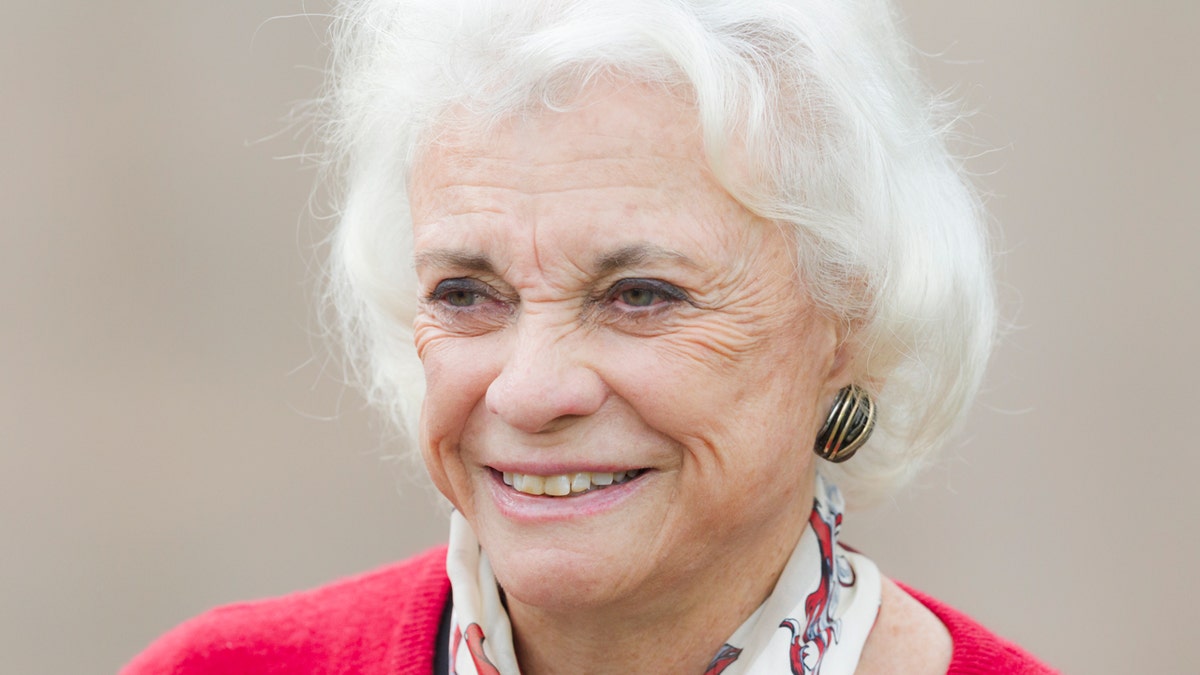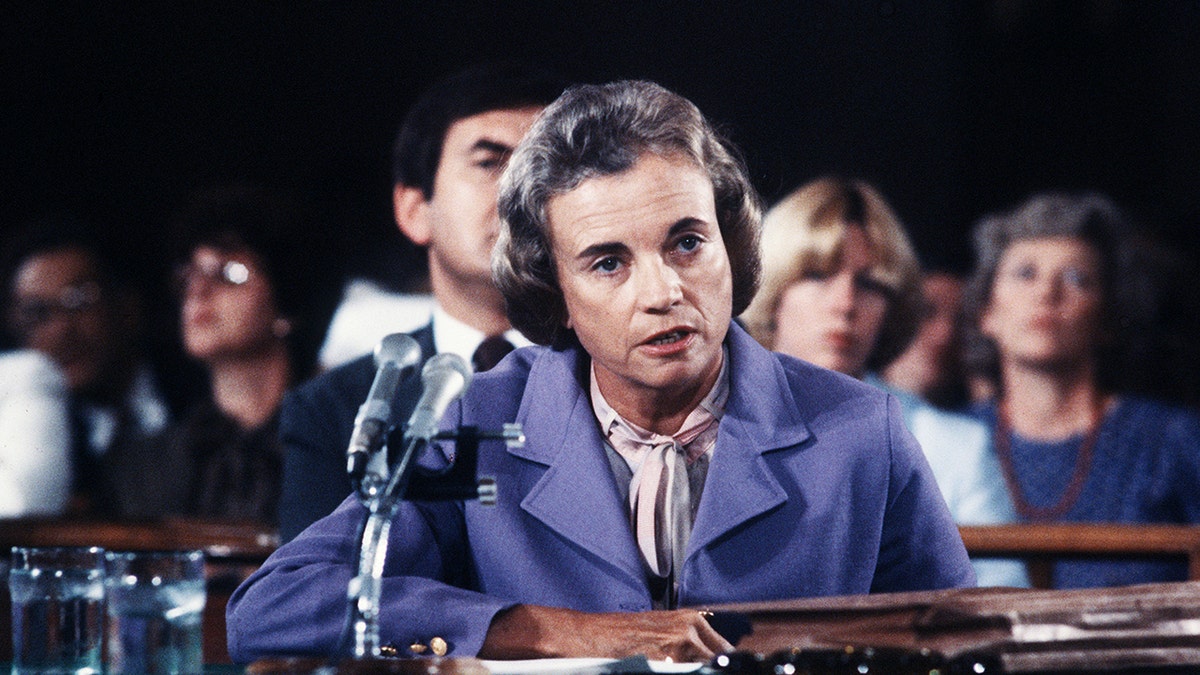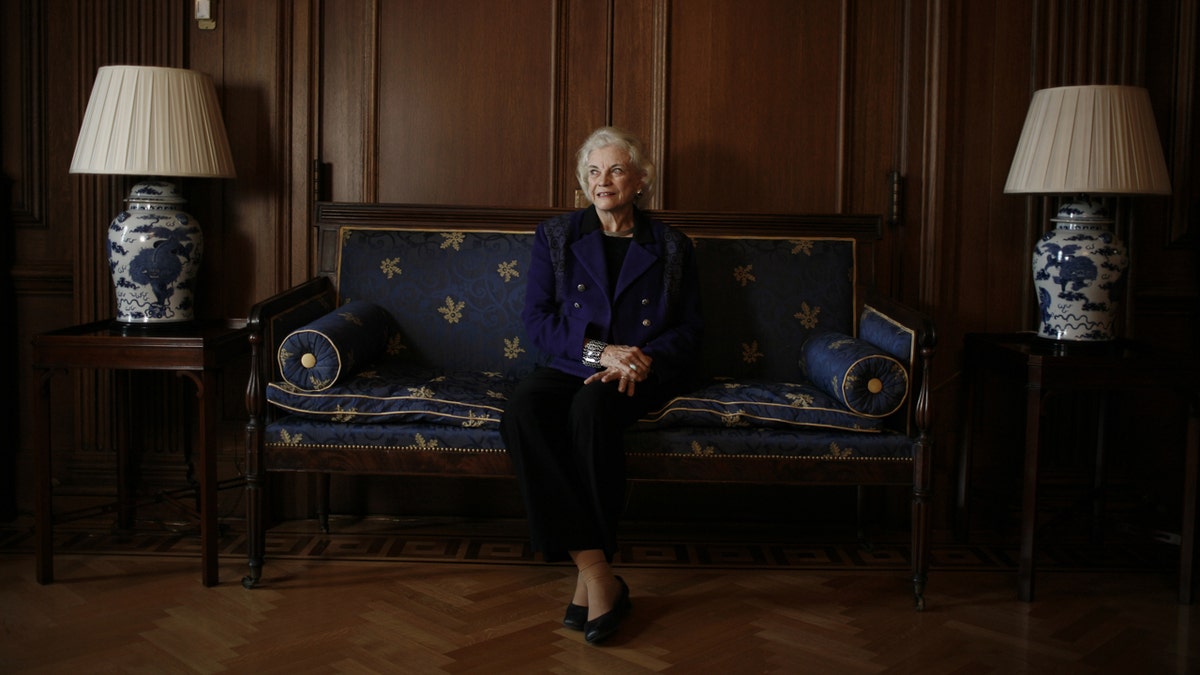Retired Supreme Court Justice Sandra Day O'Connor dead at 93
Fox News Sunday anchor Shannon Bream joined America's Newsroom to discuss the life and legacy of the retired Supreme Court justice.
Sandra Day O’Connor, an Arizona rancher's daughter who went on a distinguished trailblazing legal career, was "the most qualified woman" then-President Ronald Reagan "could possibly find" to appoint to the Supreme Court in 1981, according to a Reagan historian.
An accomplished politician turned jurist, O’Connor had been the first female majority leader of the Arizona Senate. Following her legislative work, she turned to the judiciary, serving as a county court judge before being appointed to the Arizona Court of appeals.
During his 1980 presidential campaign, President Reagan made a promise to appoint a woman to the Supreme Court bench. In O'Connor, Reagan found something of a kindred spirit, according to one biographer.
Craig Shirley, author of the forthcoming book The Search for Reagan, writes, "Like Reagan, Sandra Day (O’Connor later by marriage), came from a hardscrabble background."
SANDRA DAY O'CONNOR, FORMER SUPREME COURT JUSTICE, DEAD AT 93

Former Supreme Court Justice Sandra Day O'Connor appeared at an NCAA Pac-10 college football game between the Stanford Cardinal and the Washington State Cougars played on October 23, 2021. (Photo by David Madison/Getty Images)
"She was the daughter of the largest and most successful ranch owners in her part of Arizona. Yet the ranch lacked running water or electricity for much of her youth. As she spent her childhood branding cattle and repairing farm equipment, the courts, much less the Supreme Court, were the farthest thing from her mind," Shirley writes.

Justice Sandra Day O'Connor, the first female justice of the U.S. Supreme Court, is sworn in by Chief Justice Warren Burger on September 25, 1981. (AP Photo/The White House, File)
Her parents insisted on her education, and O’Connor went on to enroll at Standford University at just sixteen years old and was one of only a handful of women to make the cut.
WHO ARE THE SUPREME COURT JUSTICES?

Supreme Court then-nominee Sandra Day O'Connor during her nomination hearing on September 9, 1981. (AP Photo/ John Duricka)
O'Connor continued at Stanford Law School around a time when women made up only 2% of law school students. There she distinguished herself as editor of the Stanford Law Review and graduated third in her class.
Shirley writes that "less well known, she also likely set another record by rejecting no fewer than four marriage proposals while in law school, including one by future Supreme Court Chief Justice William Rehnquist."
"Despite these high marks, most offices flatly refused to hire a woman, leaving her relegated to low-paying positions where her skills were deeply underutilized," Shirley says.

President Ronald Reagan with Supreme Court Justice Sandra Day O'Connor. (Photo by © CORBIS/Corbis via Getty Images)
In 1981, when the Reagan White House was compiling a short list of candidates to fill the Supreme Court vacancy, Shirley notes that Reagan’s chief of staff leaked to the media that O’Connor was one of only two women being considered—the rest were all men.
"By signaling clearly that Reagan was also considering men, he made it explicitly clear that O’Connor was not selected because she was a woman—she was selected because she was the best," Shirley says.

Former Supreme Court Justice Sandra Day O'Connor in her offices at the United States Supreme Court on January 23, 2007, in Washington, D.C. (Charles Ommanney/Getty Images)
"She is truly a person for all seasons, possessing those unique qualities of temperament, fairness, intellectual capacity, and devotion to the public good which have characterized the 101 brethren who have preceded her," Reagan said at her nomination.
O'Connor was confirmed by the Senate in a 99-0 vote and went on to a 24-year-long tenure on the court, stepping down in early 2006 to take care of her ailing husband, John Jay O'Connor, who suffered from Alzheimer's disease. He passed away in 2009.
CLICK HERE TO GET THE FOX NEWS APP
In her 2004 Stanford Commencement speech, O’Connor said that Reagan's decision "was as much a surprise to me as it was to the nation as a whole. But Ronald Reagan knew that his decision wasn’t about Sandra Day O’Connor; it was about women everywhere. It was about a nation that was on its way to bridging a chasm between genders that had divided us for too long."
Eugene Volokh, who clerked for Justice O'Connor and is a law professor at the University of California, Los Angeles, said she "had one of the great careers in American law. Not only as the first woman Supreme Court Justice, but also as a successful political leader . . . a job that requires a deep understanding of people and not just of legal principles."
"Through it all, she always acted not just with resolve and honor, but with grace and kindness. She was a great judge, and a great American," he told Fox News Digital in a statement.













































